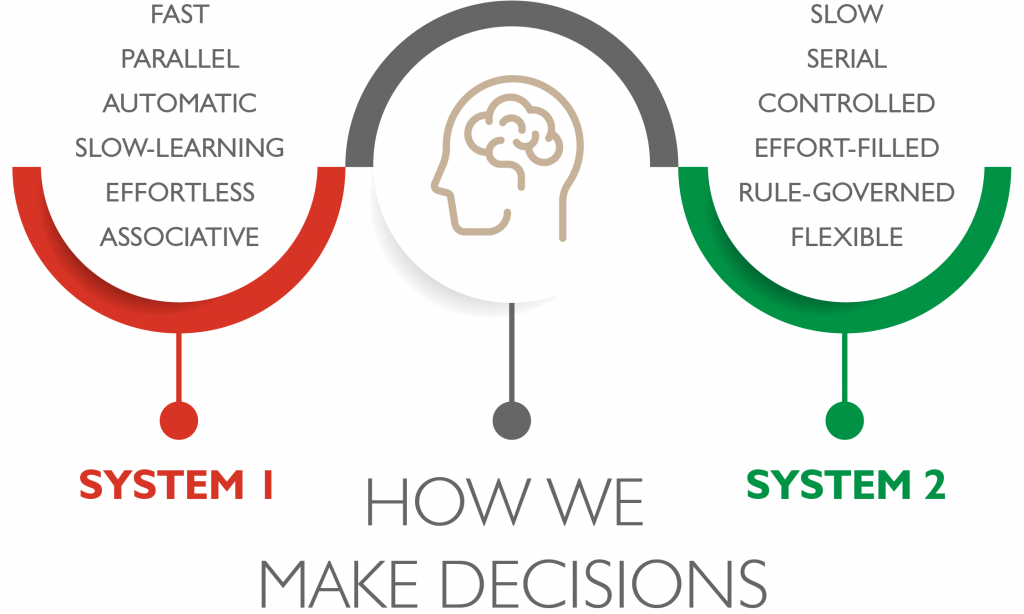The Key to Cyber Security? Changing Mindsets & Behaviors

When it comes to communication in the workplace, email is king. With American workers receiving an average of 126 emails per day*, email also serves as one of the most vulnerable areas of your organization’s security structure. While scans and filters can assist with blocking some suspicious communications, the likelihood of falling victim to a cyberattack is directly linked to your staff’s level of security awareness and their ability to spot hackers’ attempts.
The Dangers of Operating on Autopilot
When going through your inbox becomes an everyday task, decisions on what to open, click on, and delete are made quickly, effortlessly, and even automatically. That’s why it’s no surprise that as our brains are taking shortcuts, there has been a dramatic increase in successful phishing scams.
Just like your processes for student safety require staff to be alert and responsive in the event of a potential disaster, procedures created to keep your cyber data secure are heavily reliant upon employees to respond properly in the face of an attempted cyber attack. While an investment in defensive software and preventative tools is helpful, teaching employees to be mindful and treat every email like a potentially malicious scam is still the most effective way to stop a cyber breach and protect your district.
How to Change Problematic Behaviors
Just like other employee trainings, with cyber security education, you’re aiming to build a foundation of knowledge so staff has a solid awareness and ability to respond to certain situations appropriately. However, unlike most trainings, the process shouldn’t stop after delivering education. Cyber security training must also include ways to encourage staff to change their current absent-minded, routine approach to emailing to the “system 2” approach. Keeping up with emails can be taxing, but it’s critical that you share the importance of slowing down and maintaining a controlled and mindful state.

The Fastest, Easiest Path to Change Behaviors: Purchase Training
Investing in simulated testing with a cyber security awareness training tool can help you automate testing and capture performance data to determine your risk status and monitor progress. With so many user-friendly and effective tools available, purchasing a training tool can be fast and easy. Off-the-shelf tools also streamline training implementation and offer quick deployment, so you can address this issue and make progress within a matter of weeks.
For information on discounted training subscriptions available to SET SEG members, visit setseg.org/cyber.
*“Email Usage Statistics in 2021.” Campaign Monitor, 11 July 2019, www.campaignmonitor.com/blog/email-marketing/email-usage-statistics-in-2019/.